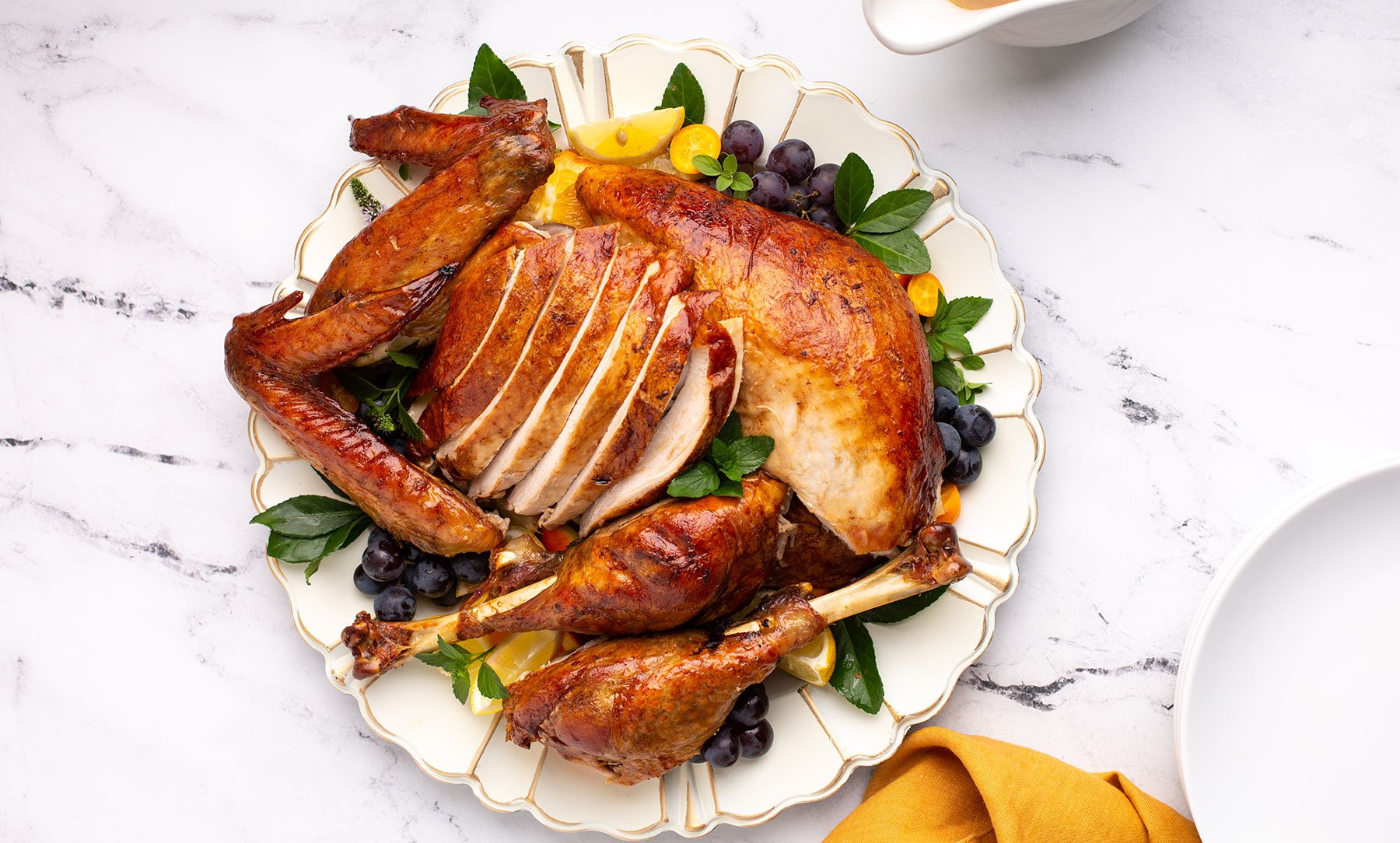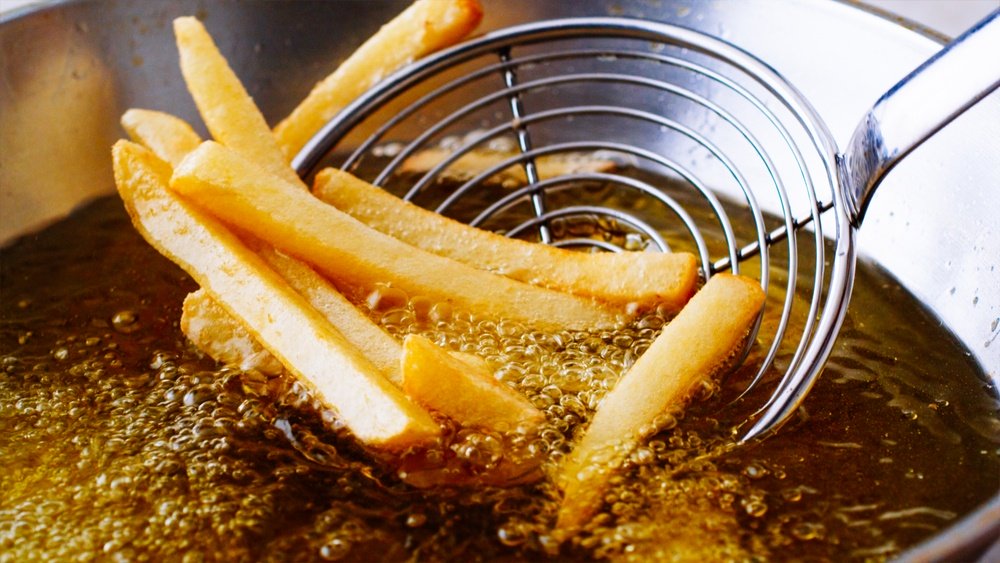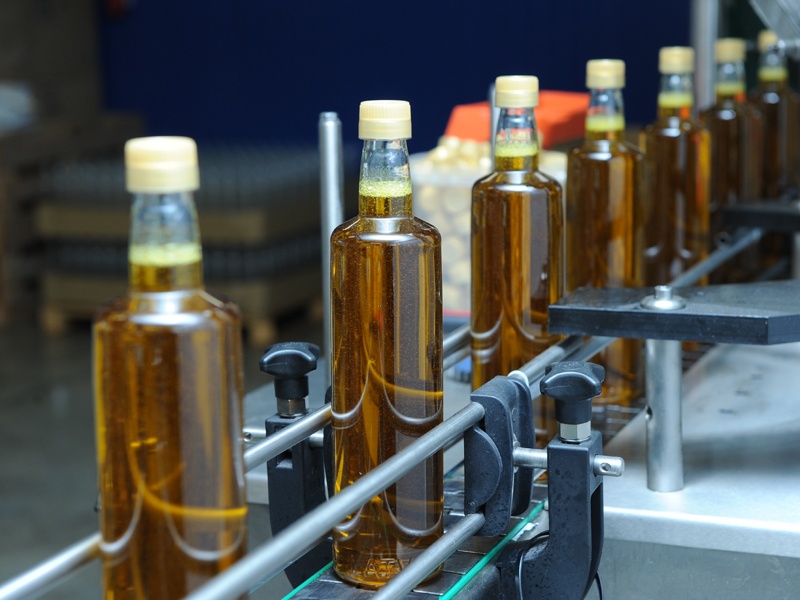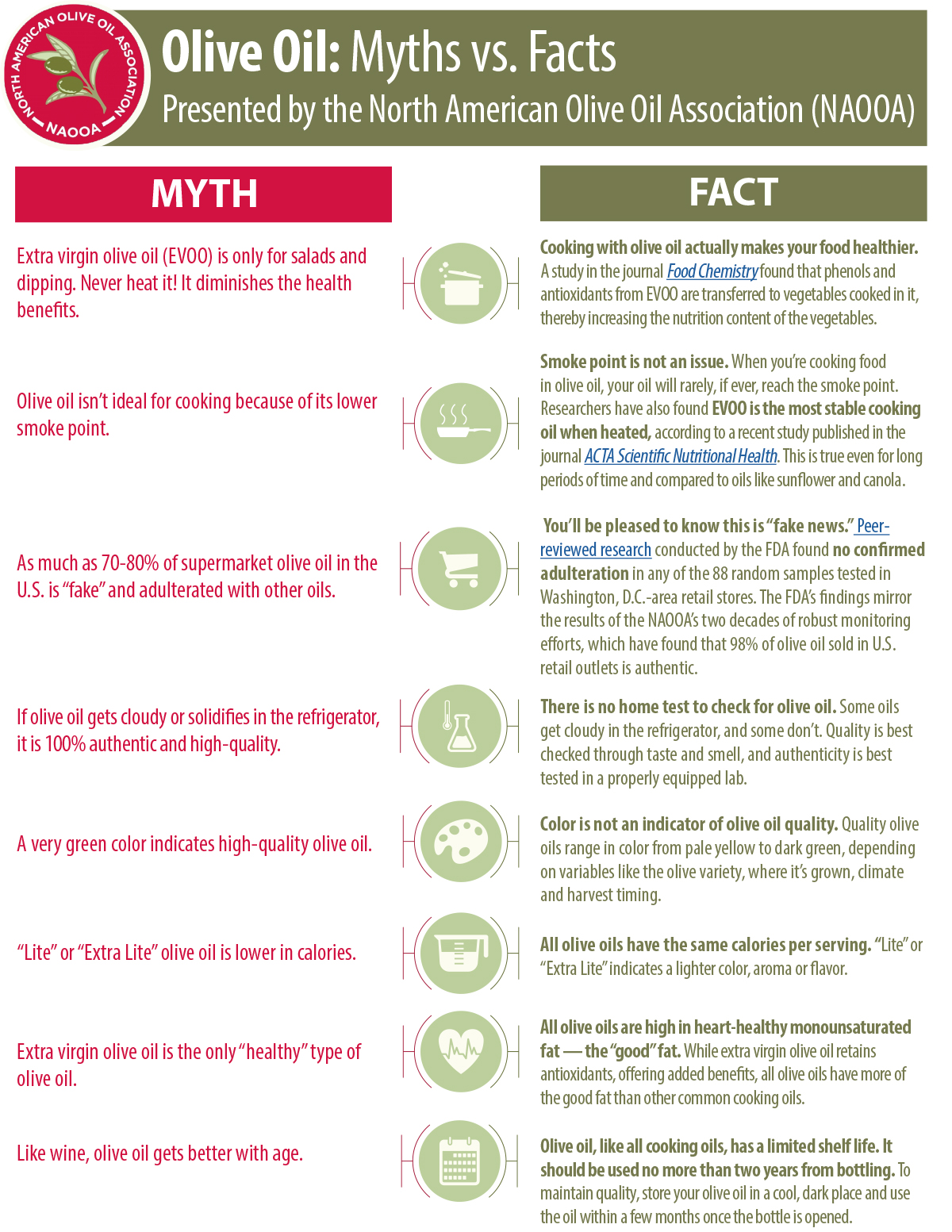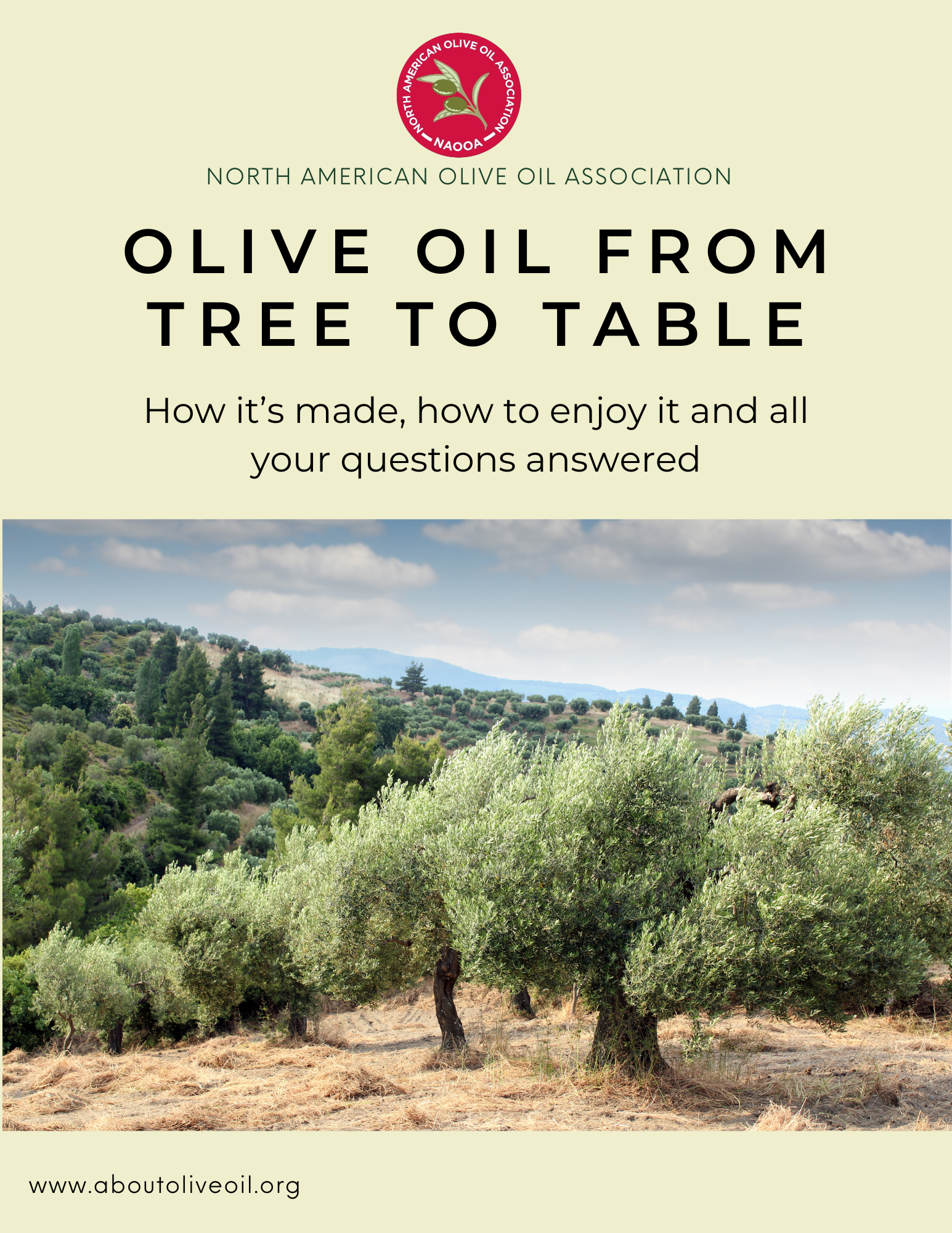Forget the usual roast; confit is about to change your Thanksgiving turkey forever. Confit is a term derived from the French verb "confire," which means "to preserve." This age-old cooking technique involves slowly cooking meat (usually duck, goose, or pork) in fat. Modern chefs use confit as a technique to produce mouthwateringly moist dishes. The slow-cooking process allows the flavors to develop fully, creating a depth of taste that roasting can rarely achieve. Cook's Illustrated calls it "The Best Turkey You Will Ever Eat".
Scientifically, the confit process works by leveraging a few key principles:
-
Low-Temperature Cooking: Confit involves cooking food at a low temperature, typically between 200°F and 275°F (93°C to 135°C), in a fat medium (like olive oil). This low-temperature cooking is crucial for a couple of reasons:
- Slow Collagen Breakdown: Meats are rich in collagen, which turns into gelatin when cooked slowly. This breakdown happens without causing the muscle fibers to contract too much, which would otherwise squeeze out moisture and make the meat tough. The result is tender, moist meat.
- Flavor Development: The gentle cooking allows for the development of complex flavors without the risk of burning or drying out the meat.
- Fat as a Flavor Carrier: Fat is an excellent carrier of flavors and also contributes its own unique taste to the confit. The process allows the flavors of herbs, spices, and the primary ingredient to meld together.
-
Moisture Retention: The fat medium in which the food is cooked doesn't permit the moisture inside the meat to evaporate as it would in a drier cooking method like roasting. This helps in keeping the meat tender and juicy.
-
Texture Contrast: When confit is finished with a brief high-temperature cooking step (like searing or broiling), it develops a contrast in texture — crispy on the outside while remaining tender and moist on the inside.
There are many reasons to consider turkey confit in olive oil this Thanksgiving.
- Confit is a make-ahead technique. Cook the turkey in advance and simply reheat it when you're ready to serve, reducing stress during holiday cooking.
- Because the turkey will be cooked in olive oil, it will be impossible to dry out. Confit cooking allows the flavors to develop fully, creating a depth of taste that roasting can rarely achieve. Olive oil is actually considered an excellent flavor enhancer.
- Turkey confit boasts a unique texture - the outside is wonderfully crisp while the inside remains succulent and melt-in-your-mouth tender.
- Using fat as a cooking medium allows flavors from aromatics such as herbs and garlic to infuse into the meat.
- Olive oil is heart-healthy. This recipe allows you to have delicious turkey without the saturated fat in butter.
What Kind of Olive Oil Should You Choose?
Chef Steve Chiappetti shared his recipe with the Chicago Sun-Times for olive oil-poached Turkey. He chose to use regular olive oil instead of extra virgin olive oil. Regular or light-tasting olive oil has the same heart-healthy amounts of oleic acid and monounsaturated fats as extra virgin olive oil, but a milder flavor if that's what you are looking for. All olive oil is mechanically extracted from the olive fruit without chemical solvents, which is what is used to extract most other neutral-tasting seed oils like canola, soy, corn, and vegetable oils--and as a result, those other oils have higher concentrations of trans fat that olive oil. Regular olive oil also costs less than extra virgin olive oil. However, for maximum health benefits, and if your budget permits, a mild and buttery extra virgin olive oils pair nicely with the turkey flavors work well with this cooking method.
How to confit a Turkey
Ingredients:
- Turkey pieces - you will be breaking the turkey into pieces so you are free to confit just the white meat, or just the dark meat, or a combination
- aromatics of your choice such as minced garlic and herbs
- kosher salt
- pepper
- enough olive oil to cover the turkey pieces
Instructions:
- Separate the wings, legs, and thighs from the carcass. Remove the breasts, leaving the skin intact.
- Arrange the turkey on a sheet pan and season the turkey with salt and pepper, herbs, and garlic. Let sit overnight in the refrigerator covered in plastic wrap.
- Preheat the oven to 300ºF (150ºC).
- Pat the turkey pieces dry. Lay the pieces in a deep baking dish or saucepan and pour (unheated) olive oil over the turkey, covering it completely. Choose a cooking vessel that fits the meat snugly to avoid wasting oil.
- Add aromatics to the oil as desired (springs of thyme, rosemary, sage, and whole cloves of garlic, for instance)
- Cook until the breast hits 165ºF (75ºC)with an instant-read thermometer. Remove and let it sit. Leave the leg and thigh in the oil to continue cooking. The cooking time will be approximately 2-3 hours.
- Cook the leg and thigh until they hit 180ºF (85ºC), and then remove and let sit.
- You can optionally refrigerate the cooked pieces along with the olive oil until you are ready to serve. If you plan to serve it the same day, there is no need to refrigerate.
- Prior to serving, arrange the pieces on a baking sheet, skin side up, and roast at 450ºF (230ºC)until the skin is browned and all pieces are at least 165ºF (75ºC) internal temperature (15-20 minutes.)
- Carve the turkey and serve!
- The leftover olive oil can be strained and used for cooking other dishes, such as gravy.
This is a basic recipe that you can modify to create endless flavor combinations. Check out these recipes for more ideas:

